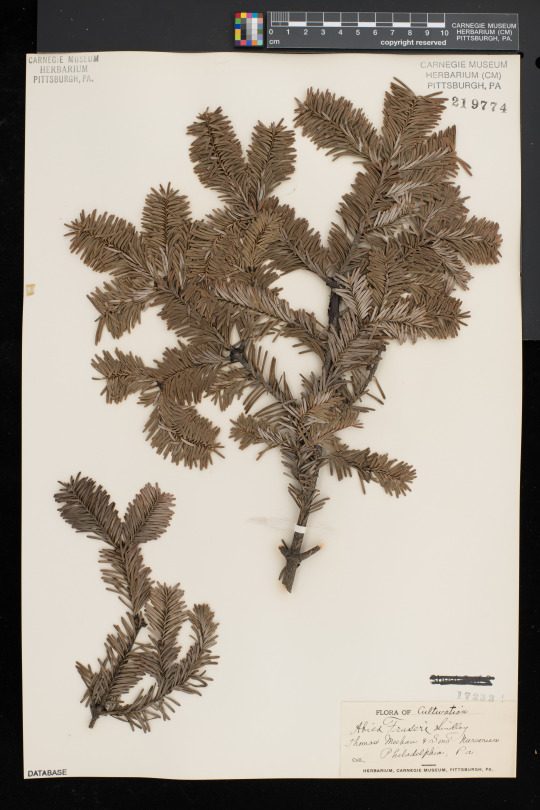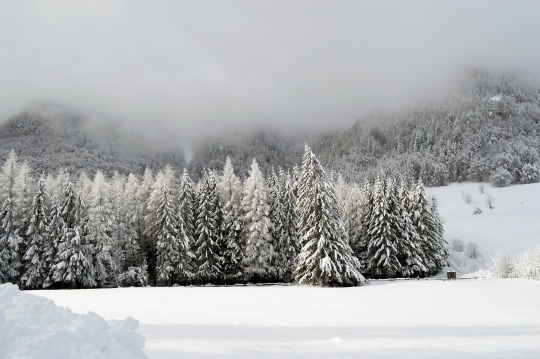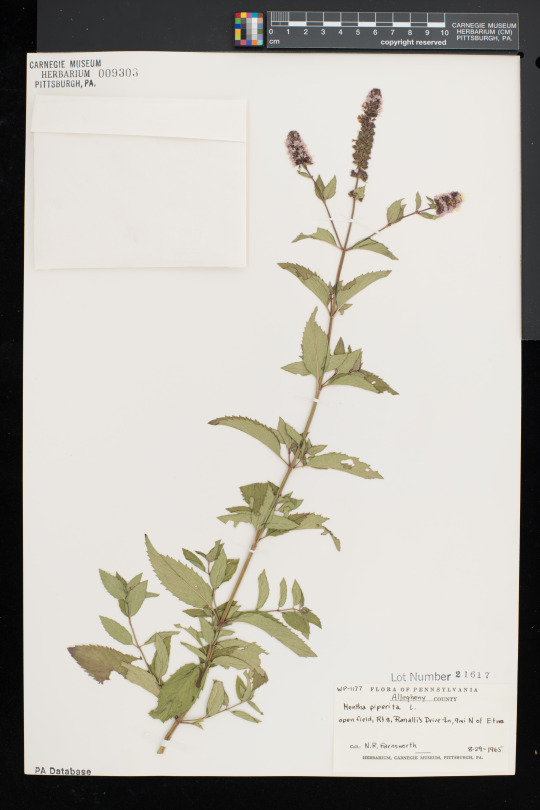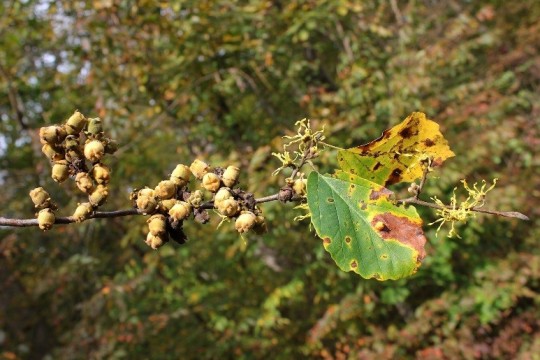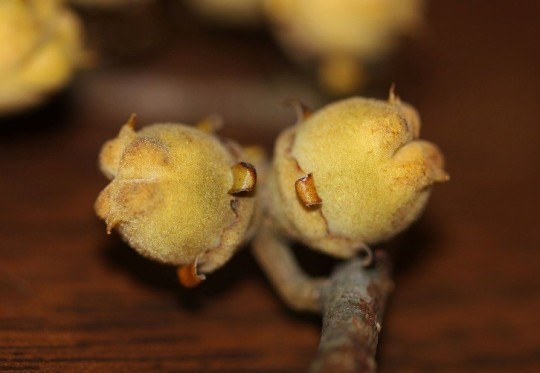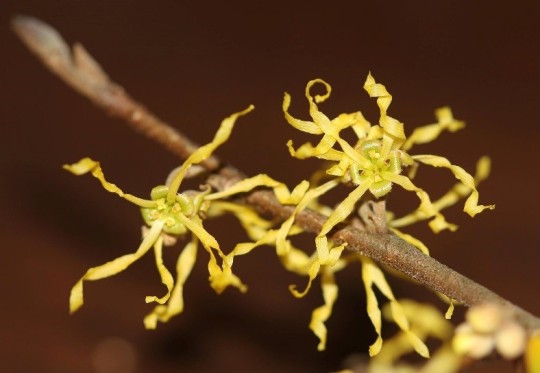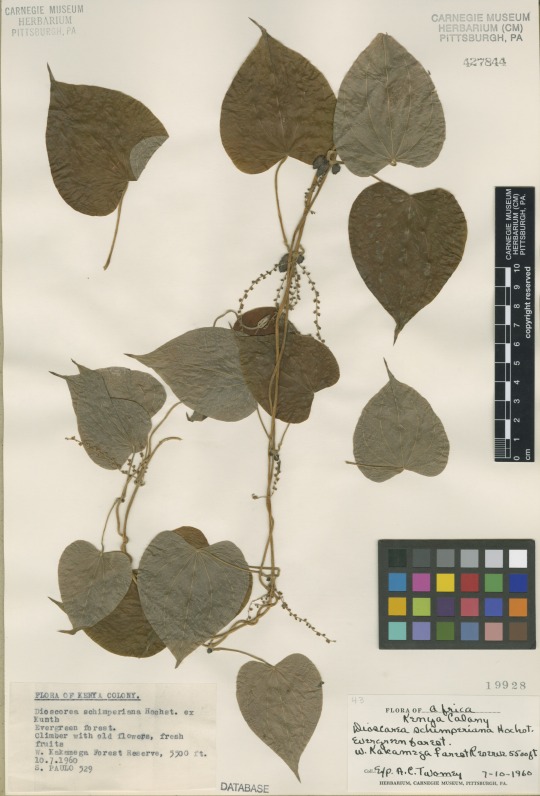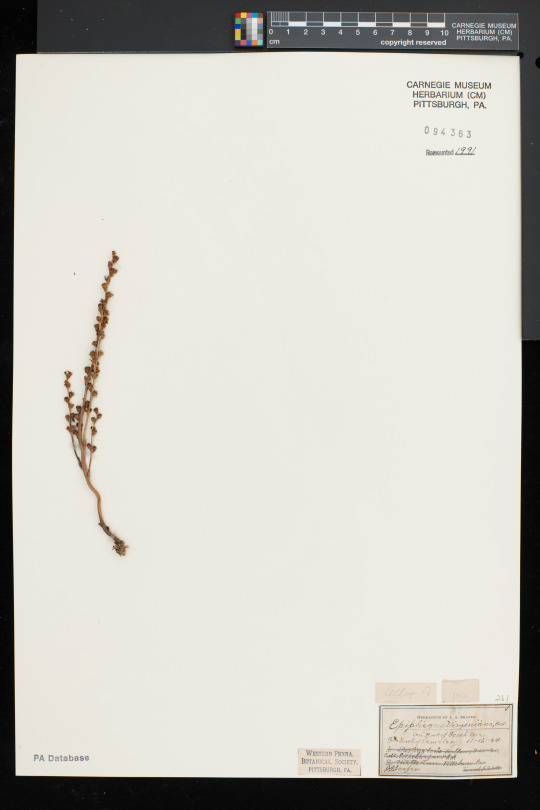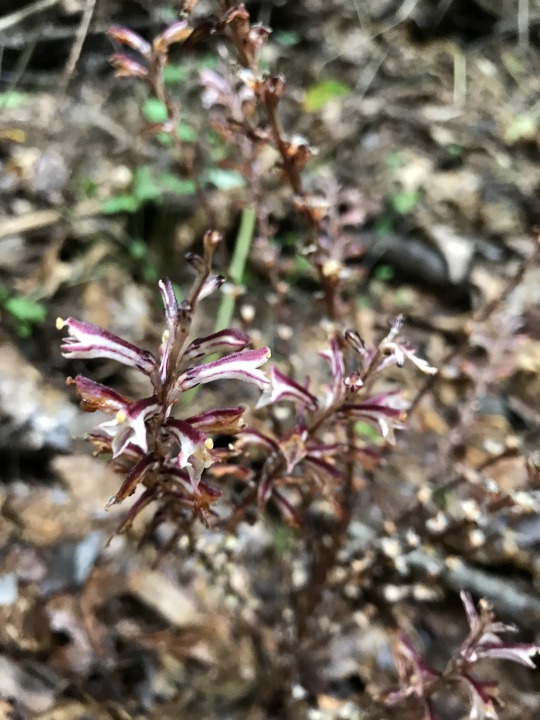By Mason Heberling
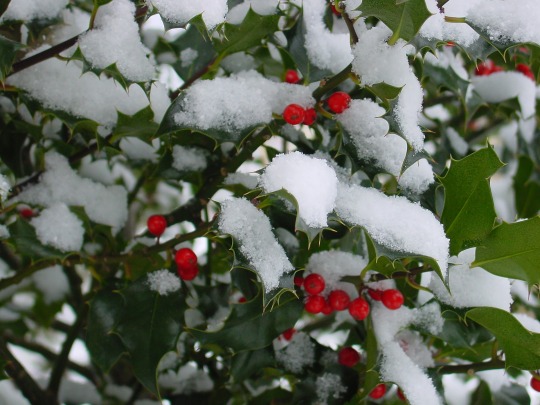
Are you decking your halls with boughs of holly? Probably not holly from 178 years ago! This holly specimen (Ilex aquifolia) was collected in 1840 in England. I think the label says it was collected by “Prof. Sager,” but it is hard to read!
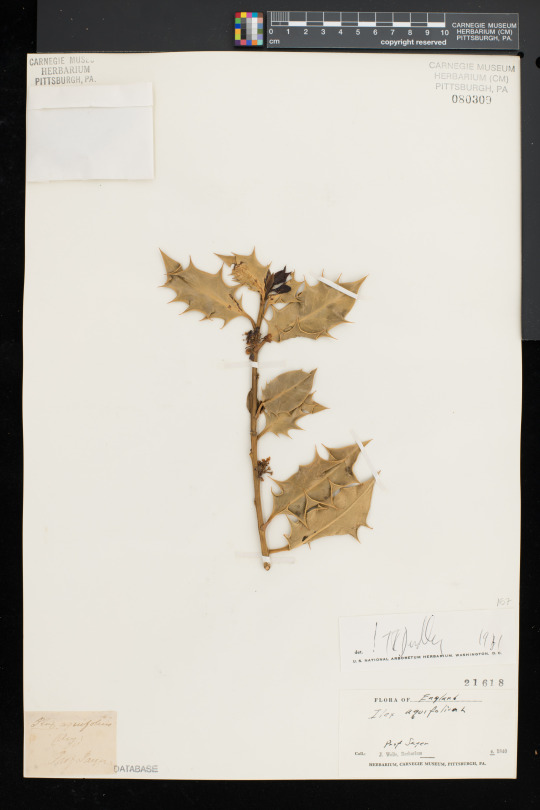
How did it end up at the Carnegie Museum herbarium? This specimen was part of the private herbarium of Jacob Wolle, who was the grandfather of William J. Holland, one of the first directors of the Carnegie Museum of Natural History (from 1901-1922). The CM herbarium has 2,514 specimens from Wolle’s collection, dating as far back as 1819!
Also, find nearly 400 other holly specimens collected in Pennsylvania, just digitized and now online!
Check back for more! Botanists at the Carnegie Museum of Natural History share digital specimens from the herbarium on dates they were collected. They have embarked on a three-year project to digitize nearly 190,000 plant specimens collected in the region, making images and other data publicly available online. This effort is part of the Mid-Atlantic Megalopolis Project (mamdigitization.org), a network of thirteen herbaria spanning the densely populated urban corridor from Washington, D.C. to New York City to achieve a greater understanding of our urban areas, including the unique industrial and environmental history of the greater Pittsburgh region. This project is made possible by the National Science Foundation under grant no. 1801022.
